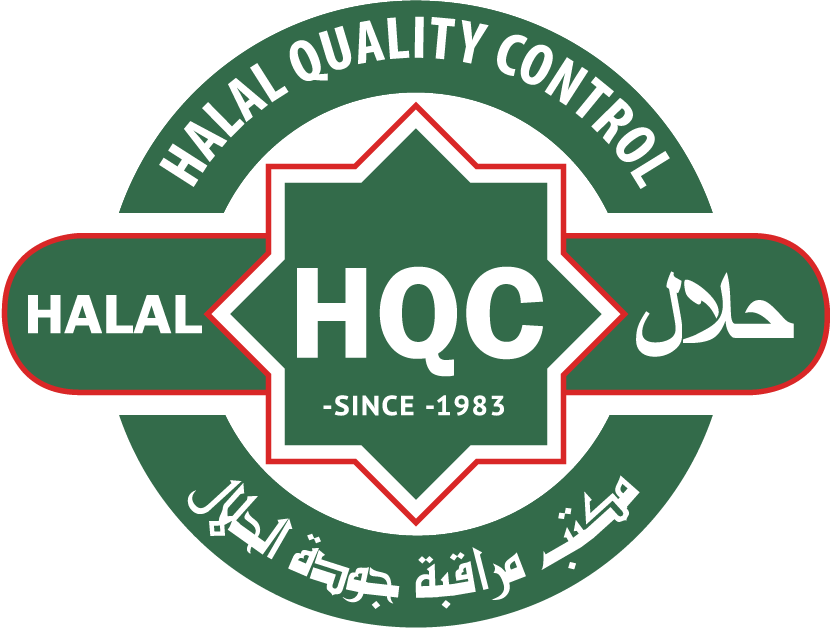The transition from breastmilk to family food
When breast milk alone is no longer enough to meet an infant’s nutritional requirements, it’s time to introduce complementary foods to the diet. This transition from exclusive breastfeeding to family foods is a time of rapid growth and development – and a period when infants are at risk of nutrient deficiencies and excesses1,2. Nutrient-rich complementary foods can help fill the gap between highly nutritious breast milk and ‘regular’ foods.
Setting the scene for adulthood
During the toddler years from age one to three, children move into a new stage of independent eating and drinking. Adequate nutritional intake in the sensitive period of toddler development is .
Toddlers use a lot of energy, and their small stomachs can’t hold enough food to keep them from getting hungry between meals. It is also at this time that they are exposed to new foods and tastes and start developing food preferences and eating habits. Food choices should be nutrient-rich and appealing.
The developing brain
When a toddler turns three, the brain has already reached 85% of its adult weight3, forming the basis for future learning, behaviour and health. During these early growth and development spurts, lipids such as cholesterol, phospholipid and gangliosides increase in the brain and play an important role in brain functioning4. While these lipids are natural components of breastmilk, they are much less available in conventional toddler snacks such as fruits, vegetables and biscuits5,6.
Toddler food solutions with whey-based ingredients
Whey protein is a high-quality and easily digestible protein source with a high content of essential amino acids compared to other protein sources. Premium ingredients from Arla Foods Ingredients are ideal for toddler food products to meet parents’ requirements for healthy and convenient complementary foods. Examples include follow-on and young children formula, smoothies, biscuits and yoghurts – all made to match toddler preferences.
- Lacprodan® MFGM-10 has a unique protein and lipid profile, including the phospholipids, sphingomyelin and gangliosides.
- Lacprodan® ALPHA-10 is high in alpha-lactalbumin, rich in essential amino acids and the dominant whey protein in human milk.
- Capolac® is a milk mineral with a high content of milk calcium (> 24%) and a calcium phosphate composition similar to that of bone and teeth.

Inspiration for innovative complementary foods and snacks
Our application experts have created a wide range of ideas to inspire the development of highly nutritious complementary foods and toddler nutrition products. Get in touch to find out how we can support your next product innovation.
References
1. https://www.who.int/health-topics/complementary-feeding
2. Fewtrell M et al. 2017. J Pediatr Gastroenterol Nutr. 2017 Jan;64(1):119-132.
3. Dobbing J, Sands J. 1973. Arch Dis Child. 48(10):757–67
4. Carlson SE, 2009. Am J Clin Nutr. 89(5):1523S-1529
5. Tan S et al. 2019. Journal of Food and Nutrition Research; 7(6):415-426.
6. Weihrauch JL and Son YS. 1983. J Am Oil Chem Soc; 60 (12).








